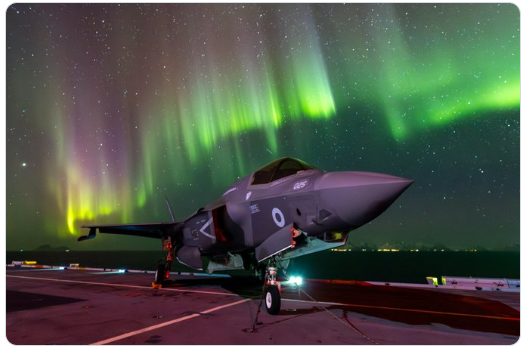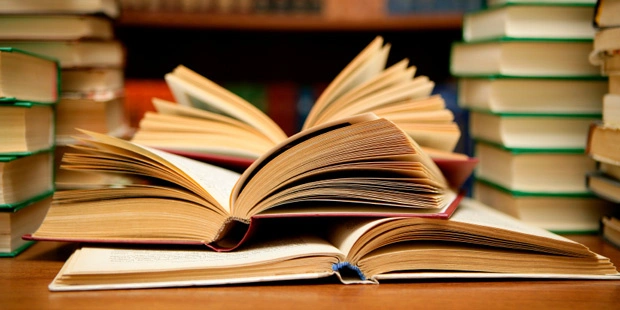In a recent ISA conference panel, I argued that now is the age of nostalgia. Throughout the world we are witnessing an insatiable longing for the past. In the post-Brexit haze, the UK craves the influence and power of its defunct empire; in Turkey neo-Ottoman sentiments have transformed a President into a Sultan; Americas have adopted the metaphor of a Cold War when dealing with China while in Poland and Hungary leaders are preying on nationalist sentiments to rebuild homogenous societies. Even Berliners increasingly romanticize East Germany’s austerity and fabled social cohesion.
Nostalgia, I argue, is a response to the emergence of a complex world that cannot be fathomed. The globalized world is a complex world as one actor’s financial policies send immediate ripple effects through the financial and political institutions of all other actors. The globalized world is also characterized by ‘wicked problems’ that no country can face on its own. Indeed, no single country can halt pandemics or reverse the effects of climate change. The globalized world is marked by constant complex crises which involve multiple actors as states vie over regional and global hegemony. Yet this globalized world is also incoherent due to digitalization. According to the Lithuanian MFA, Russia has amassed forces on Ukraine’s borders. According to the Russian MFA, it is the US that has amassed forces inside Ukraine. Finally, according to the US State Department, there are no US forces in Ukraine. The question that soon arises is who should we believe? There may be many forces along Ukraine’s borders, Russian forces along the border or no forces at all. A world of such multiple and conflicting realities is one that cannot be fathomed by its inhabitants This leads to a sense of uncertainty at the individual, national and global levels.
Nostalgia is a longing for order. It is an attempt to force logic onto a world that no longer makes sense. This is why nostalgia summons the past to the present, a past characterized by simple dichotomies of good versus evil and ally versus foe. American newspapers now use the term ‘new Cold War’ to describe relations with China; following Brexit, UK policy makers spoke of Empire 2.0 while Russia increasingly celebrates the cultural and scientific achievements of the Soviet Union.
The age of nostalgia is nowhere more evident in the UK and in its cultural products. Contemporary films such as The King’s Speech, Dunkirk and Their Finest Hour all celebrate the last stand of the British Empire while Kingsman transports the English gentleman into the 21st century thus offering a sense of continuity. Television shows such as SS-GB and The Game all resurrect a simpler time when the UK had clear enemies, be it the KGB or Nazi Germany. It is not surprising that UK cultural products resonate with a longing for the past given the uncertainty that governs the UK following Brexit. Britons are looking to make sense of the world and their nation’s new role in that world.
This may be the reason why the UK Royal Family decided to shape the memory of Prince Philip through nostalgic images. Over the past week, both the Royal Family and the British government took to Twitter to celebrate the life, and lament the loss of Prince Philip. All British ministries altered their profile pictures, as did British Embassies around the world (see below). Yet the Royal Twitter account also shared a series of images from the Prince’s life. What is unique about these images is that most of these were black and white pictures taken from a time long ago.


One set of images celebrated Prince Philp’s advocacy for conservation. In two separate tweets, black and white images were used to document such advocacy. On the one hand, the use of black and white images serves an evidentiary purpose as it attests to the historic role that the Prince played in the UK’s national history. He did not begin his activities in the digital age but long ago, in the 1950’s when both television and the world reverberated in black and white. These images hark to a simpler world. For when the Prince visited Antarctica, Britain was still an Empire, the British Navy still partially ruled the waves and the world was embroiled in a ‘simple’ Cold War. Britons knew what their country stood for and who it stood with.

Another set of images documented Prince Philip’s career in the Royal Navy. It is important to note that the Royal Navy plays a unique role in British collective memory. It was the Navy that charted the world’s maps, the Navy that led expeditions of Charles Darwin and the Navy that laid the first Telegraph cables. The British Navy facilitated the emergence of the British Empire. Here again we find a longing for the past, as the zenith of the Royal Navy correlated with the zenith of British independence; a time in which Britain charted its own course. Nowadays, Britain no longer shapes the course of the world on its own but attempts to do so through alliances, such as NATO, or institutions such as the UN. The images of Prince Philip thus resonate with Empire’s last stand, a time in which Britain was less vulnerable to global shock waves and pandemics.

A third set of images celebrated Prince Philp’s role in the maintenance of the Commonwealth. These images included both black and white and colorful images but they did so to illustrate a process. The Prince took part in shaping the latter days of the British Empire and helped facilitate the transition from the black and white world of the 1950’s to the color filled world of the 1980’s. Two tweets show this transition as the Prince is shot amid diverse representatives from Commonwealths countries; diverse in terms of gender and race. Yet only one image is a recent one. Thus, even the colorful pictures resonate with the world of the 1980’s and not today’s world. This too is no coincidence for the 1980’s were a turbulent yet successful period for the UK, geo-politically and financially. Through the mist of labor strikes, class struggles and coal shortages, the UK emerged as a financial powerhouse and the closest ally of Ronald Reagan’s America.

Finally, the Royal Family posted images of Prince Philp as a keen sailor. These too were black and white pictures yet they seem to resonate visually with images of other avid sailors, such as US President John F. Kennedy. So once again Prince Philip is not shot opposite the mayhem of today’s British stock market, or amid Brexit negotiators in Brussels. Rather he is shot opposite the waves of the 1960, standing tall while flying the Royal banner.

In all these images, the past was present. But not just any past. Specific moments of time were used to celebrate the Prince’s life, periods in which the world was known, in which the world made sense. The UK was good; the Soviets were bad. Britain was independent, it made its own world. And historic British institutions, such as the Royal Navy, still played a prominent role in UK life. These images resonate with a deep longing for the world of yesteryear, the world of the Cold War or the world of 1980s get-rich Gordon Gekkos. For both of these worlds could be fathomed unlike the world that the Prince left behind. A world in which the Republic of Crimea both exists and does not exist, a world in which Syria has been liberated from terrorists and reduced to rubble, a world in which China is both a developing country and a hegemon, a world in which the UK is both redundant and important.
Yet of all the images that captured the world’s attention over the past week, it was the image below that ‘broke the internet’. The colorful image of the Queen sitting alone at her husband’s funeral. True, this image is not nostalgic. Yet it identifies the factors that contribute to Anglo-nostalgia. The Queen sitting alone captures at once a year of British social distancing, loss and grief. A year in which the digital, fast paced world ceased to exist. A new and baffling world in which vaccines are miracles and poisons and in which nations should secure their own borders while ensuring that aid reaches global partners. A complex and tangled world filled with distorted reports and skewed realities. The Queen’s image demonstrates why nostalgia is the prevailing sentiment of our times.





Leave a comment